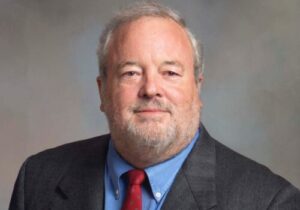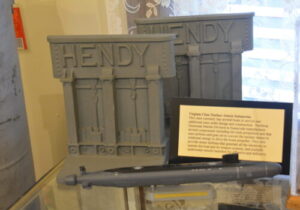Speaker Night: Al Alcorn (creator of the Pong video game)
Join us on February 9, 7:00 pm at the museum.
Al Alcorn is a Silicon Valley legend and the creator of Pong, the video game that launched an entire industry. He grew up in the San Francisco Bay Area and studied electrical engineering at UC Berkeley. In 1972, he became the first engineer at Atari and built Pong as a training project, which quickly turned into the first major arcade hit. Al later became an Apple Fellow and went on to co-found several tech companies, contributing to early innovations in gaming, digital media, and interactive technology. Today, he is recognized as a true pioneer of the video game world.
Time Travelers' Book club
 Join us for the next Time Travelers' Book club:
Join us for the next Time Travelers' Book club:
Sunday February 1, 2026, 2 - 3 pm, at the museum
The time period: 500 - 1300. Bring a book that was written during that time, or takes place in it, fiction or non-fiction.
Made in Sunnyvale
The fall exhibit will delight our visitors with unexpected treasures and snippets of local history. Most residents know that Lockheed, for instance, played a big role in town with their space exploration projects, but did you know that Sunnyvale boasted a company that produced potato chips? Everyone is aware of the long history of fruit production in the valley, but did you know there were also many dairy farms in North Sunnyvale? How about flower nurseries and a distillery, or companies which provided shoe polish, keys and locks, or even radios?
Visit the museum this fall to learn about all of these businesses and be amazed at how rich the production and agriculture business in Sunnyvale used to be and, in many cases, still is.


